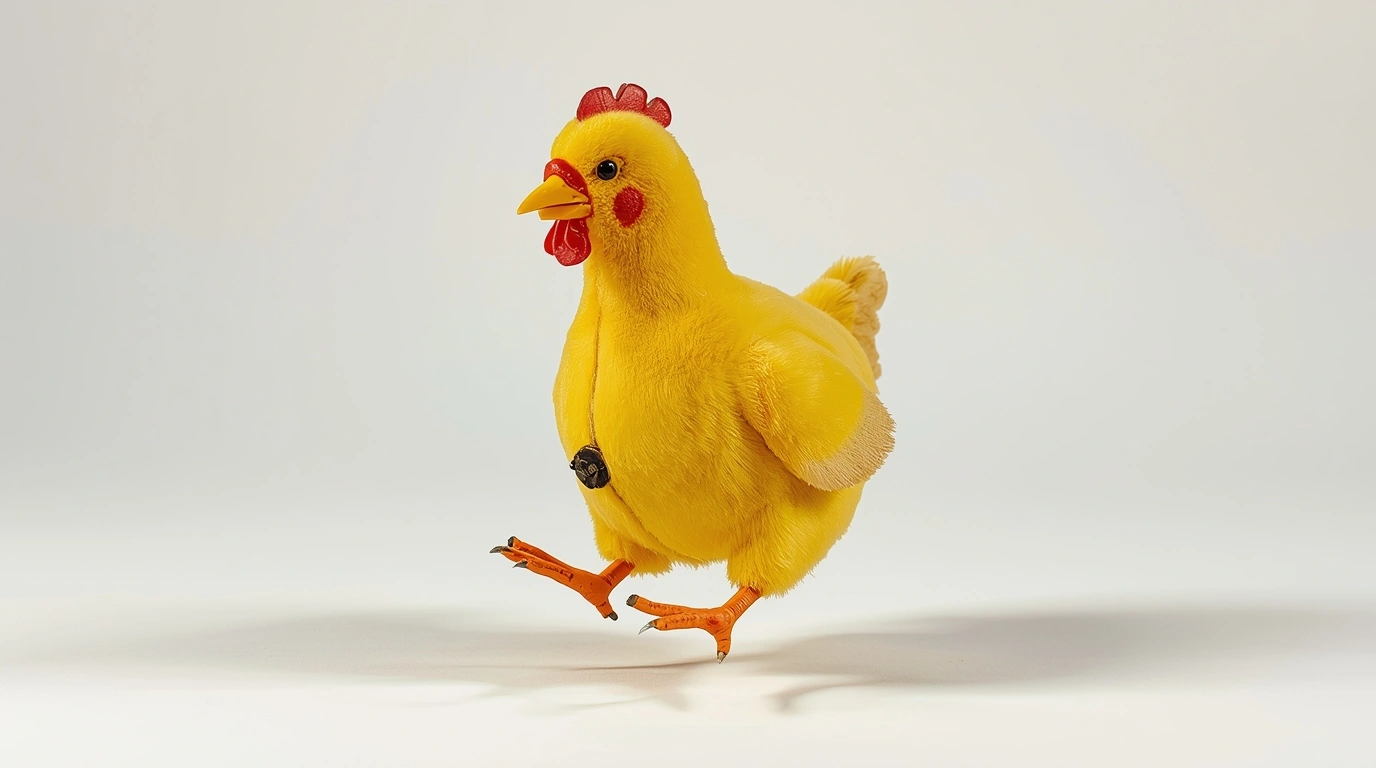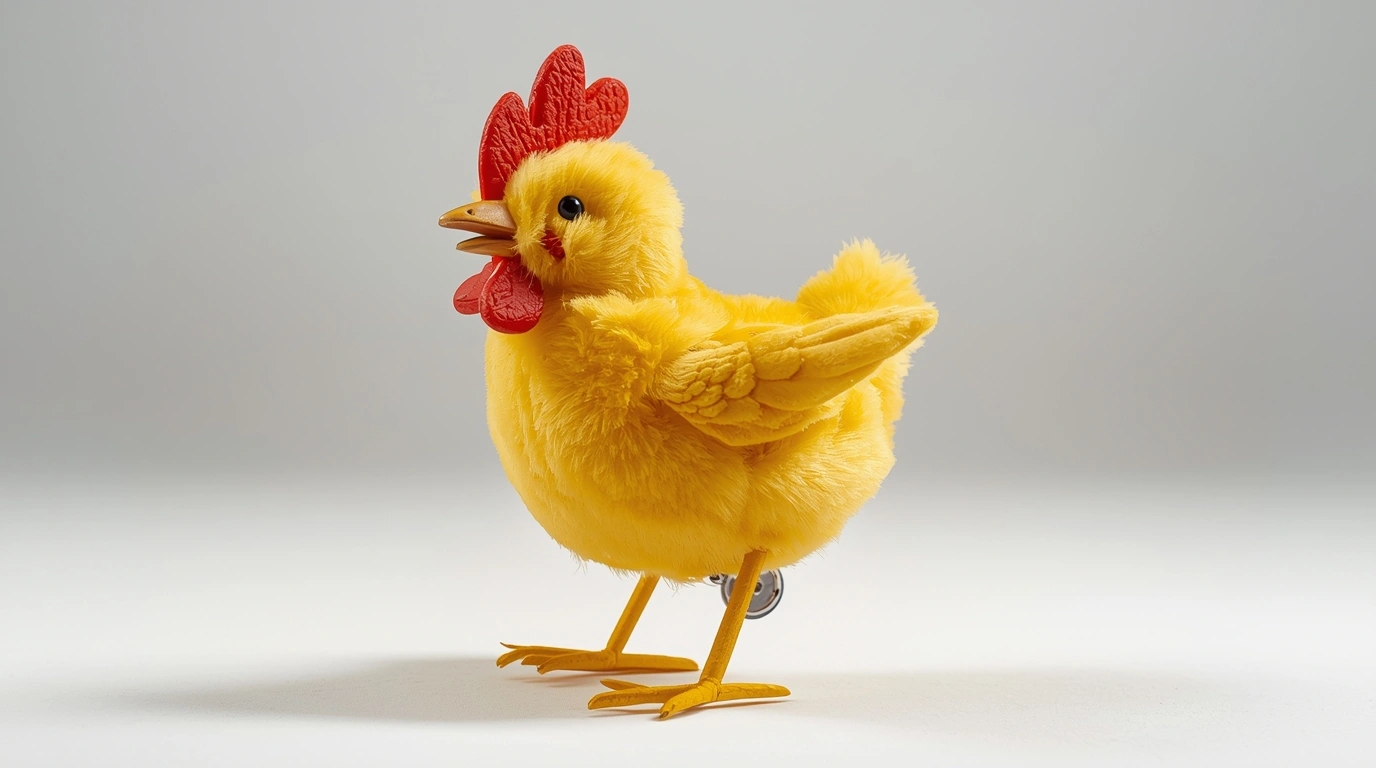
Netherlands • Vintage Guide
Yellow Jumping Chicken — the Clockwork Classic
The English guide from Amstelveen devoted to wind-up jumping chicken toys: how they were made, how to care for them, and how to collect with confidence.
About the Yellow Jumping Chicken
Built around a compact mainspring, the jumping chicken converts winding energy into a lively, bobbing stride. The yellow finish and litho details reflect mid-century techniques, while the cam-and-spring rhythm creates that unmistakable hop.
On Chicken Lane we document original makers, tell-tale parts, and care methods that preserve both motion and paint. Whether you display or demonstrate, you’ll keep yours chirpy for decades.
Our Mission: keep them hopping
We’re a tiny, Dutch-based team archiving mechanisms, finishes, and parts across variants. The aim: clear reference photos, practical care routines, and simple authenticity checks you can do at the market table.

Get detailed guidance
Ask us about care, authenticity, or parts — we’re in Amstelveen.
Design & Mechanism
Understand the cadence, cams and contact points that power the hop.

Inside the hop
A stamped cam translates spring torque into rise-and-fall motion. Felt or plastic feet tame slip, and a light beak weight helps the forward pitch. Keep oil away from paint seams; use a toothpick to place a tiny drop on axle ends only.
Read the HistoryFrequently Asked
Simple answers for safe care and confident buying.
Are vintage wind-ups safe for kids?
Use with supervision. Check for loose parts and sharp edges before demonstration.
How do I spot a repro?
Look at spring steel, litho alignment, and maker marks. We list common tells in the collecting guide.
Best storage routine?
Cool, dry, out of sunlight. Acid-free tissue; wind briefly once a quarter to keep springs elastic.
Can it be repaired?
Often yes. Prefer reversible work and document replaced parts to preserve value.
